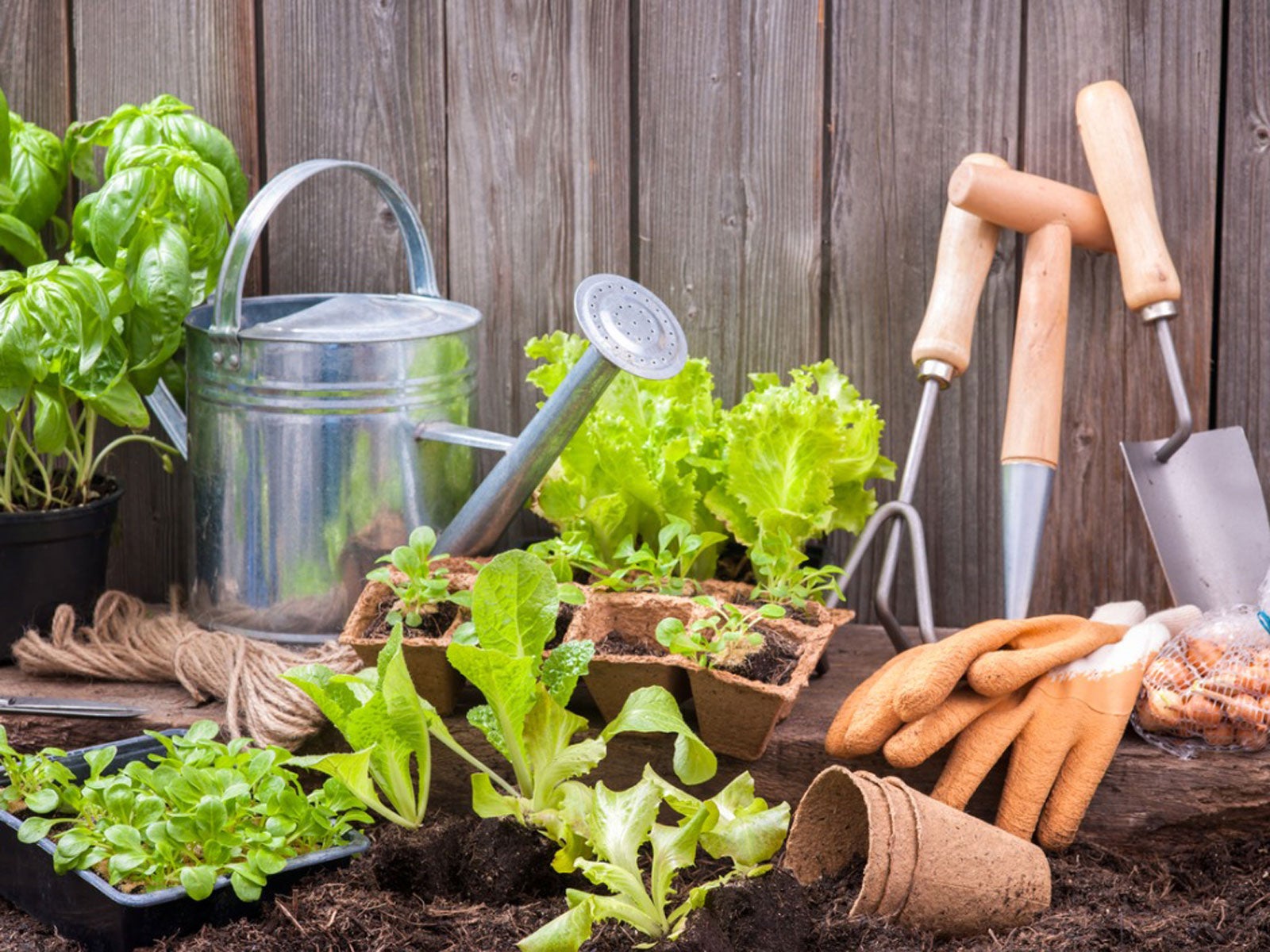Cultivate Your Abilities: Top Gardening Tips for Beginners to Guarantee Growing Success
Wiki Article
From Seed to Sprout: A Beginner's Overview to Gardening Success

Selecting the Right Seeds
To make certain an effective yard, you need to choose the right seeds for your expanding problems and preferred plants. Different plants flourish in different climates, so it's crucial to choose seeds that are suitable for your specific region. On the other hand, if you live in a cooler climate with shorter expanding periods, look for seeds that have a shorter maturity duration.Some plants like sandy dirt, while others thrive in clay or loamy soil. Some plants, like peppers and tomatoes, require complete sunlight to thrive, while others, such as leafy greens, can tolerate partial shade.
If you're interested in flowers, pick seeds for plants that will complement each various other in terms of shade, height, and bloom time. By thoroughly selecting the ideal seeds for your growing problems and preferred plants, you'll establish on your own up for a successful yard.
Preparing the Soil
Currently that you've picked the ideal seeds for your garden, it's time to prepare the dirt for optimal development. Preparing the soil is an essential action in horticulture success, as it provides the structure for your plants to flourish.Beginning by eliminating any type of weeds or particles from the area where you intend to plant (gardening tools for beginners). Weeds can compete with your plants for nutrients and water, so it's vital to eliminate them before planting. Make use of a garden fork or hoe to loosen up the dirt, breaking up any kind of clumps and producing a loosened, crumbly appearance
Spread out a layer of natural issue over the soil and use a garden fork or rake to integrate it into the leading few inches. This will assist improve drainage, dampness retention, and nutrition schedule for your plants.
Ultimately, consider examining your soil's pH degree. Most plants choose a slightly acidic to neutral pH, around 6.0 to 7.0. You can buy a dirt screening package from a yard facility or send out an example to a laboratory for evaluation. Based upon the outcomes, you can adjust the pH level by adding changes like lime or sulfur.
Planting and Watering Techniques
When it comes to planting, make certain to comply with the directions on the seed packets or plant tags. Different plants have different needs for growing depth and spacing.Watering is a vital action in gardening. It is essential to sprinkle your plants correctly to promote healthy and balanced development. The key is to provide enough water without sinking the plants. When watering, goal to moisten the dirt equally, making sure that the water reaches the plant's origins. Prevent overwatering, as this can lead to root rot and various find out other issues. A good rule of thumb is to water deeply yet less regularly, permitting the soil to dry out somewhat between watering sessions.
To identify when to water, examine the moisture degree of the soil by putting your finger about an inch deep. If it really feels completely dry, it's time to water. Think about making use of a watering can or a hose pipe with a mild spray nozzle to avoid harmful fragile plants.
Nurturing and Maintaining Your Garden
Nurturing and maintaining your yard is important in order to keep your plants healthy and balanced and thriving. Routinely eliminate any kind of undesirable plants that may complete with your garden for nutrients and space. Using a layer of mulch around your plants aids save dampness, subdue weeds, and control soil temperature level.Harvesting and Taking Pleasure In the Fruits of Your Labor
When can site here you begin enjoying the incentives of your difficult job in the yard? The response depends on the kind of plants you have expanded. Some vegetables, like lettuce and radishes, can be collected as soon as they get to a desirable dimension (gardening tips for beginners). Others, such as tomatoes and peppers, call for a longer internet growing period before they prepare to be picked.To establish if your vegetables are ready for harvest, you need to look for certain indicators. They should quickly remove from the creeping plant when delicately pulled.
When harvesting, it is crucial to make use of the appropriate devices and techniques. A sharp pair of pruning shears or a garden blade can be made use of to easily reduce vegetables from the plant. Make certain to gather in the morning when the temperature levels are cooler, as this will certainly assist keep the quality of your fruit and vegetables.
Once you have harvested your veggies, it's time to enjoy the fruits of your labor. Fresh selected vegetables can be used in a variety of delicious dishes, from salads to stir-fries. Alternatively, you can preserve your harvest by canning, freezing, or drying them to enjoy throughout the year.

Verdict
Congratulations! You have currently learned the essential actions to achieve horticulture success, from selecting the appropriate seeds to gathering the fruits of your labor. By adhering to these beginner-friendly methods, you are well on your means to nurturing a thriving yard. Keep in mind to offer your plants the care and focus they need, and quickly you will certainly be taking pleasure in the beauty and bounty of your extremely own yard. Pleased horticulture!To guarantee an effective garden, you need to pick the best seeds for your expanding problems and desired plants. By very carefully selecting the ideal seeds for your expanding conditions and wanted plants, you'll set on your own up for an effective garden.
Weeds can contend with your plants for nutrients and water, so it's important to get rid of them prior to planting. When it comes to planting, make certain to follow the directions on the seed packages or plant labels. Different plants have various requirements for planting depth and spacing.
Report this wiki page